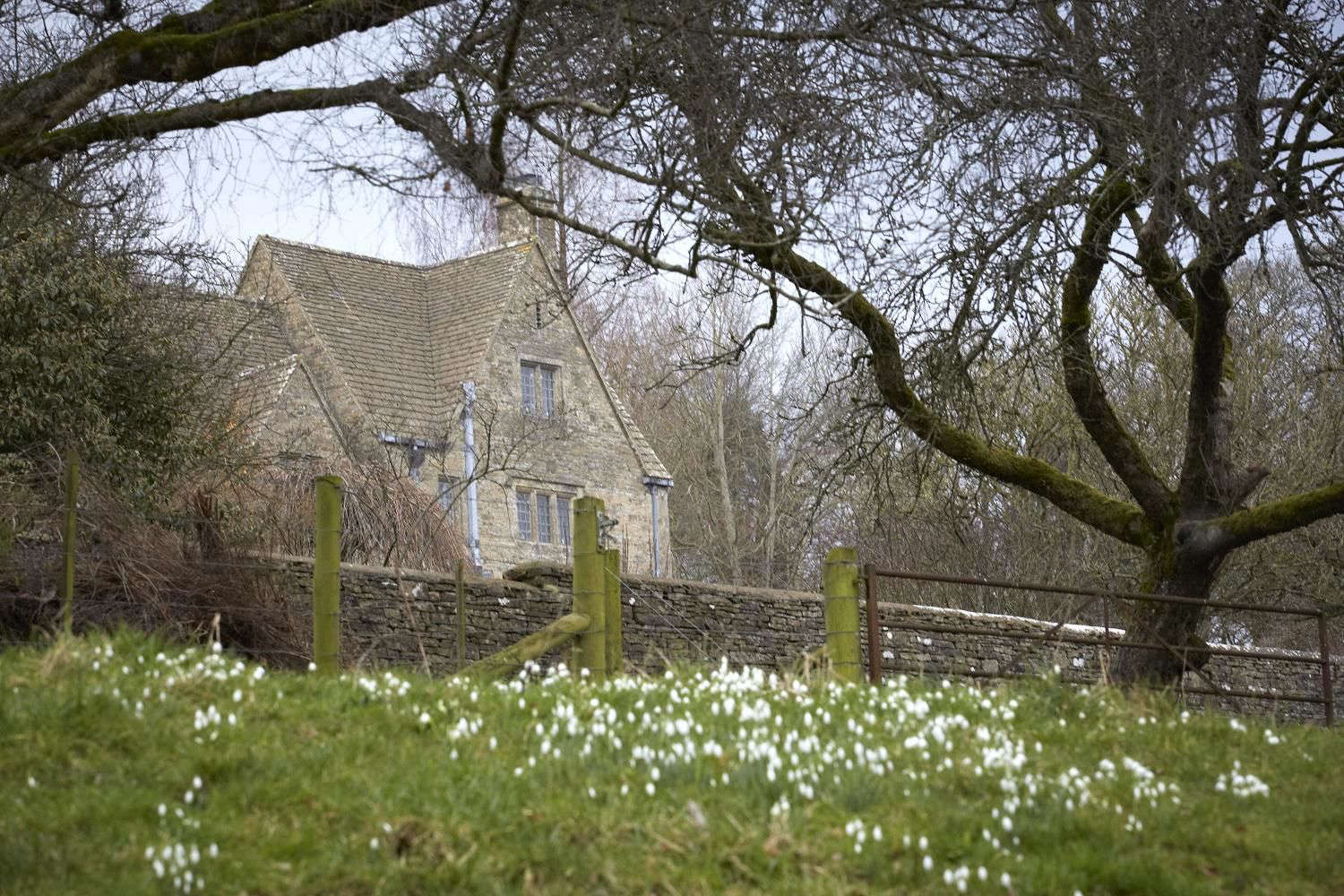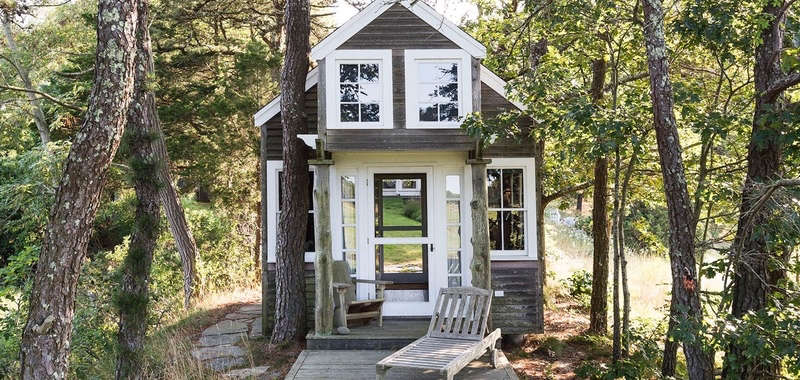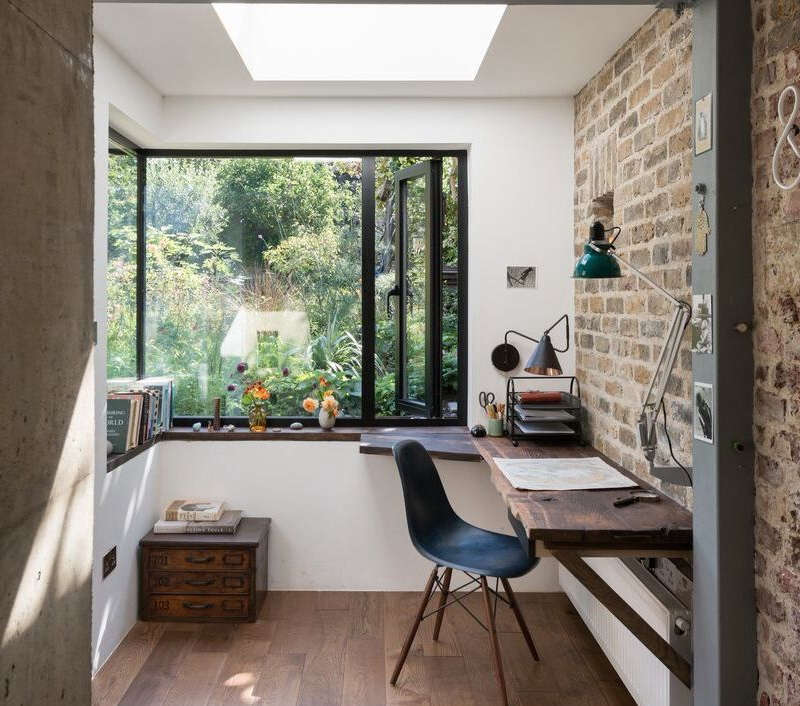Eudora Welty’s parents built a house in Jackson, Mississippi, in 1925, when she was a girl, and until her death in 2001 she wrote there, sitting at a bedroom window with a view of life on Pinehurst Street. Now open for tours, the house and garden—where flowers planted by both her and her mother still grow—are reminders that ”a sheltered life can be a daring life as well,” as she once said, ”for all serious daring starts from within.”
Above: Eudora Welty in the garden, weeding, in the 1940s. Photograph via Eudora Welty Foundation.
Above: Eudora Welty’s backyard trellis, covered with roses. Photograph via Eudora Welty Foundation.
Above: It was never a grand garden, but a gracious one, with a design typical of the early part of the 1900s—my grandparents’ backyard had a nearly identical layout, in fact, with a rose arbor and perennial beds bissecting the property to create separate “rooms.” Welty’s property extends, in the distance, to the gray shed. Photograph by Langdon Clay.
Above: Fragrant pink nicotiana. Photograph by Aimee Howell.
Above: Photograph by Aimee Howell.
Above: A Camellia japonica in Welty’s garden. Camellias figured prominently in The Optimist’s Daughter, as “Laurel’s eye travelled among the urngs that marked the graves of the McKelvas and saw the favorite camellia of her father’s, the old-fashioned Chandlerii Elegans, that he had planted on her mother’s grave—big now as a pony, saddled with unplucked bloom living and dead, standing on a fading carpet of its own flowers.” Photograph via Eudora Welty Foundation.
Above: The house Welty’s parents built, in a style she described affectionately as “Tudor style with some timbering, you know, à la Shakespeare.” A Rhododendron austrinum blooms against the wall. Photograph by Aimee Howell.
Above: Greenwood Cemetery in downtown Jackson, where Welty is buried, is home to more than 40 different named varieties of antique and modern shrub roses. For more photos, see “Eudora Welty House and Garden in Jackson, MS.”
Above: “The memory is a living thing—it too is in transit, but during its moment all that is remembered joins and lives—the old and the young, the past and the present, the living and the dead.”
Above: A cold frame in Welty’s garden. Photograph by Aimee Howell. For more writers’ gardens, see “The Poet and His Garden: Ian Hamilton Finlay in Scotland” and “A Gothic Garden Visit, Courtesy of the Mitfords.”





Have a Question or Comment About This Post?
Join the conversation (0)